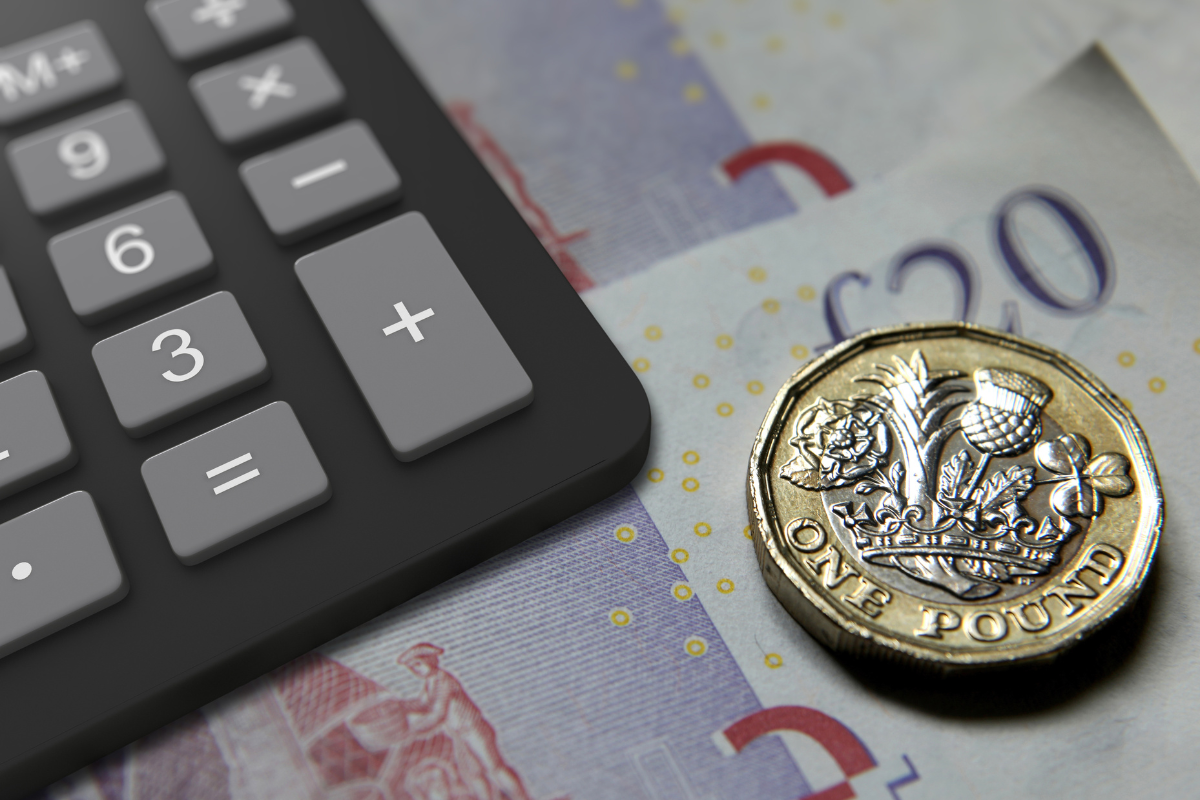What does my tax code mean?
Time to read: 3 minutes
Tax codes are used by employers and pension providers to calculate how much income tax to deduct from a person’s pay or pension.
When would tax codes change?
Tax codes may change if a person:
- receives additional income
- starts or stops receiving certain benefits from their employment
- starts to receive taxable state benefits
- claims the marriage allowance
- claims expenses they receive tax relief on
What does my tax code mean?
In the 2022-23 tax year, 1257L is the most common tax code. This is for people who have one job and one pension.
The numbers in the tax code refers to availability of tax-free income in the tax year. For example, 1257L tax code means that their personal allowance for the tax year is £12,570.00.
The letter(s) in the tax code mean different things. To find out what the different letters mean, please click here.
Emergency tax codes
When HMRC does not receive a person’s income details in time after a change, such as a new job, working for an employer after being self-employed or receiving company benefits or State Pension, can trigger an emergency tax code.
Some examples of emergency tax codes are:
- 1257W1
- 1257M1
- 1257 X
These codes mean that the person will have to pay all on all income above the basic personal allowance. These codes are only temporary and HMRC will update the tax code after receiving the correct information from the person’s employer or pension provider.
Changes in employment
It is important to ensure that HMRC are aware of any changes to employment. HMRC will receive this information from a person’s employer and automatically update their tax code when their income changes.
If you have any questions regarding this, please do not hesitate to contact us.
At your service!












